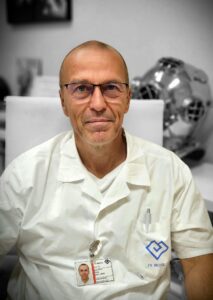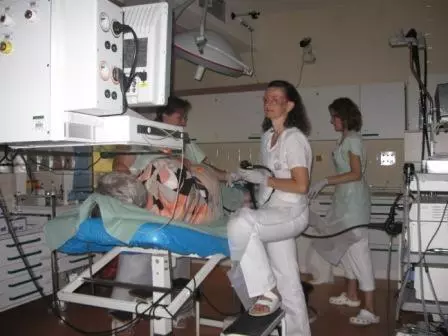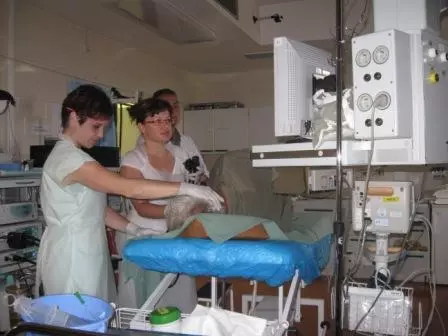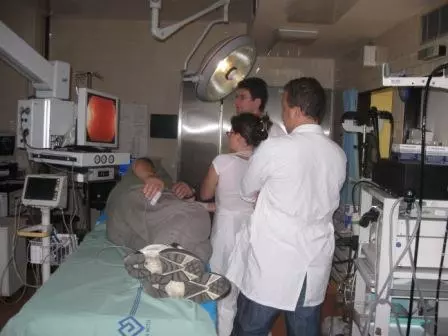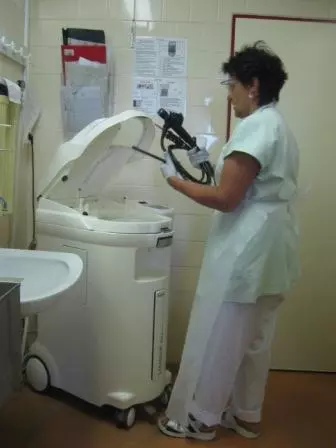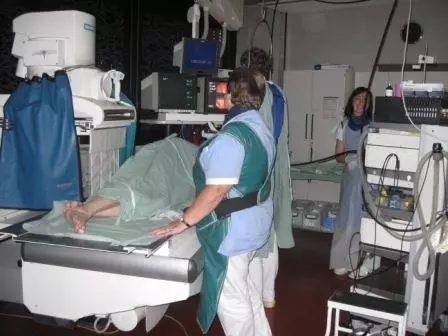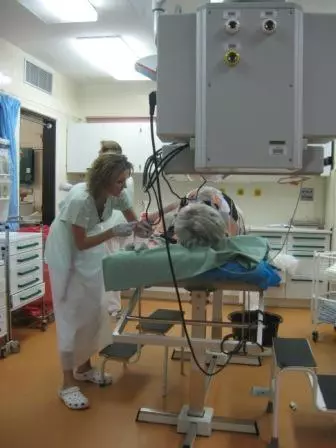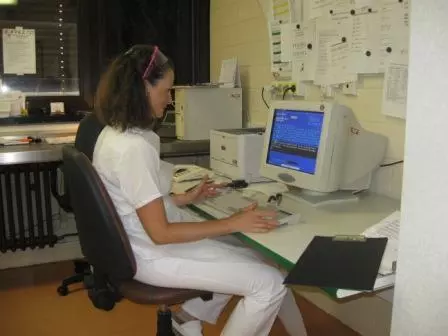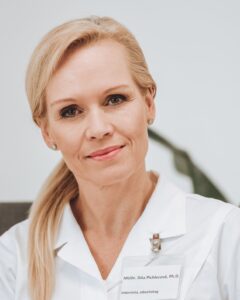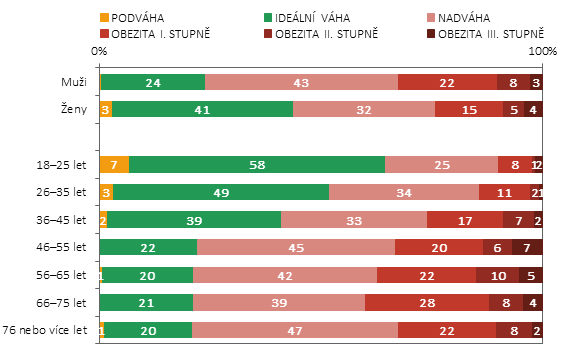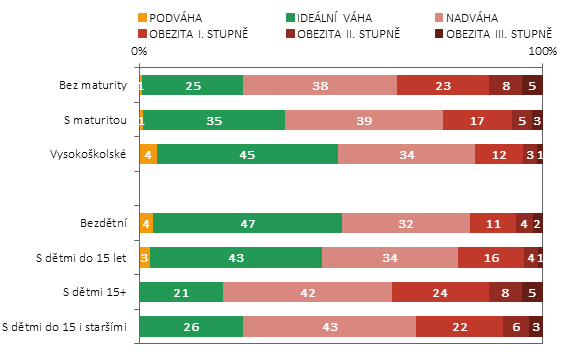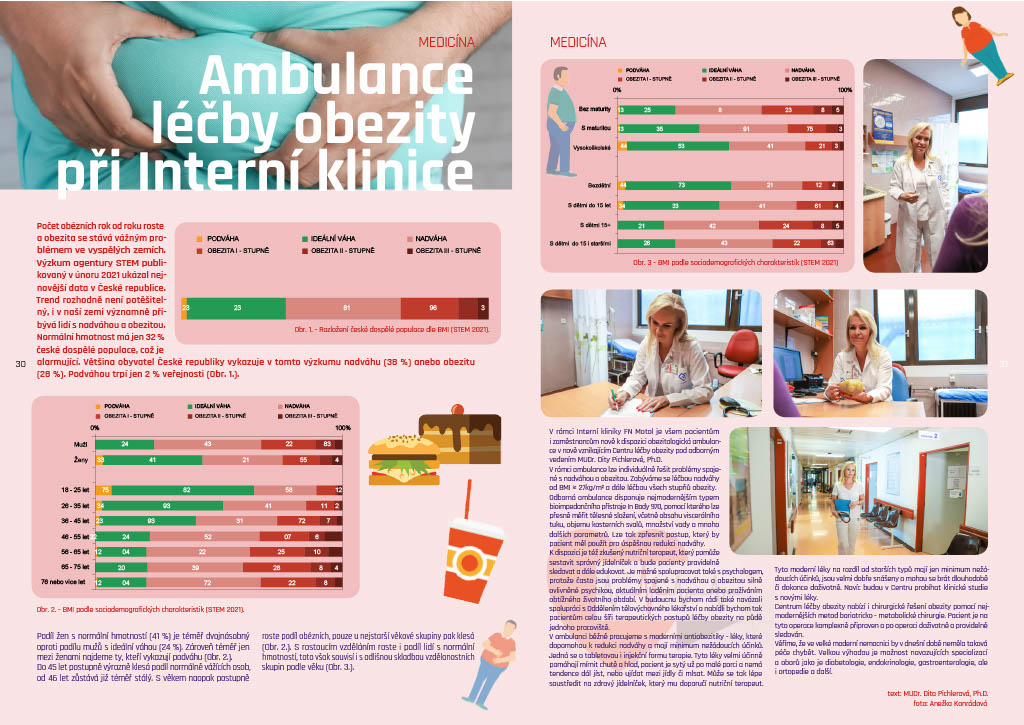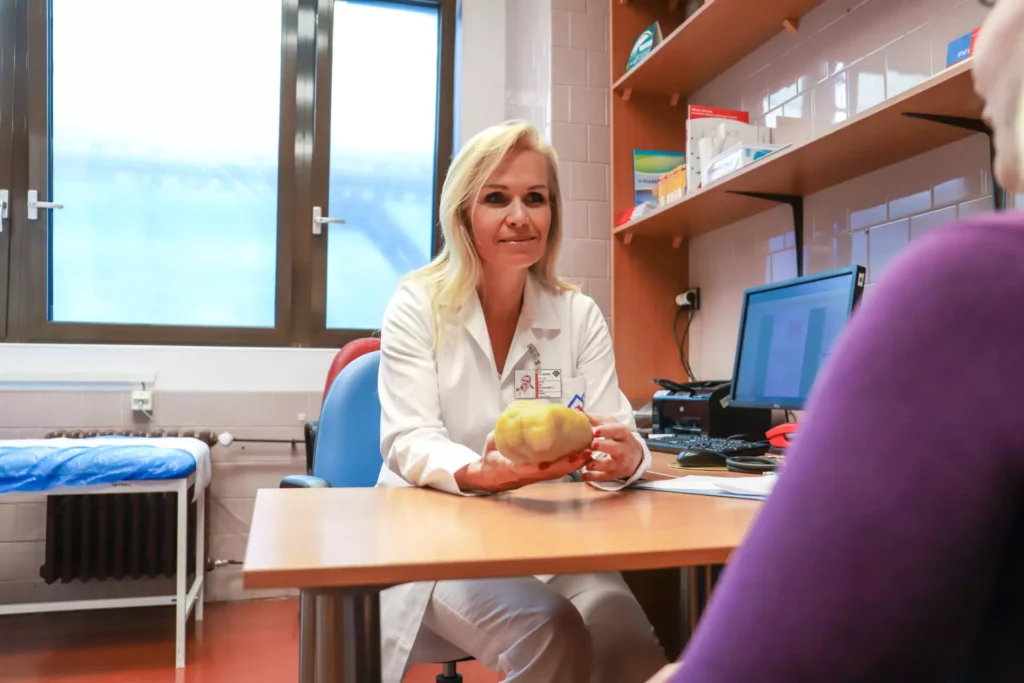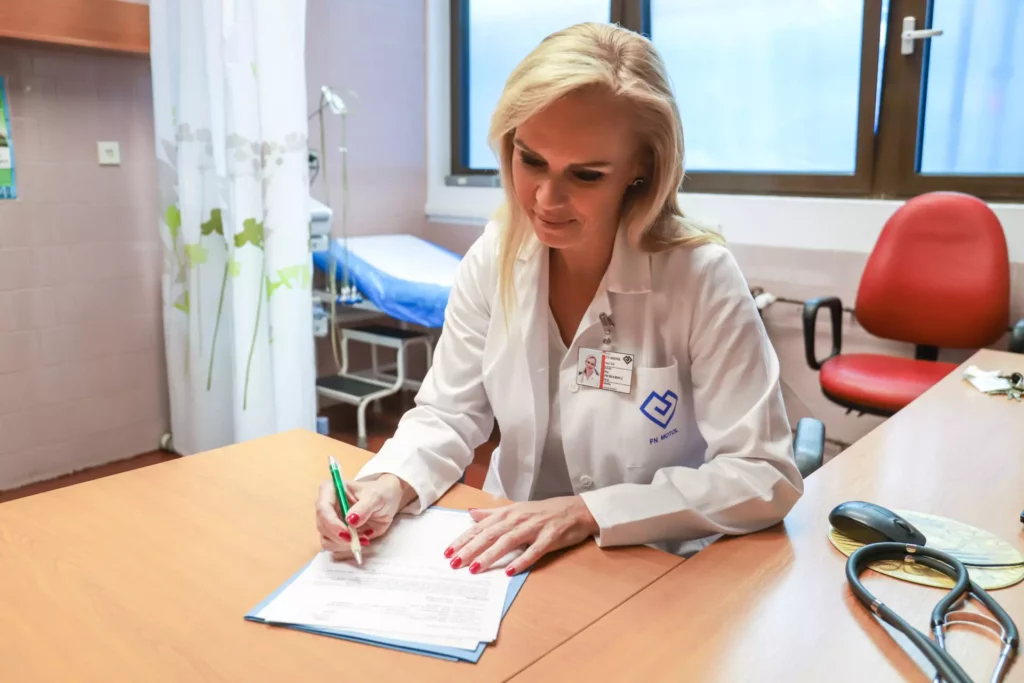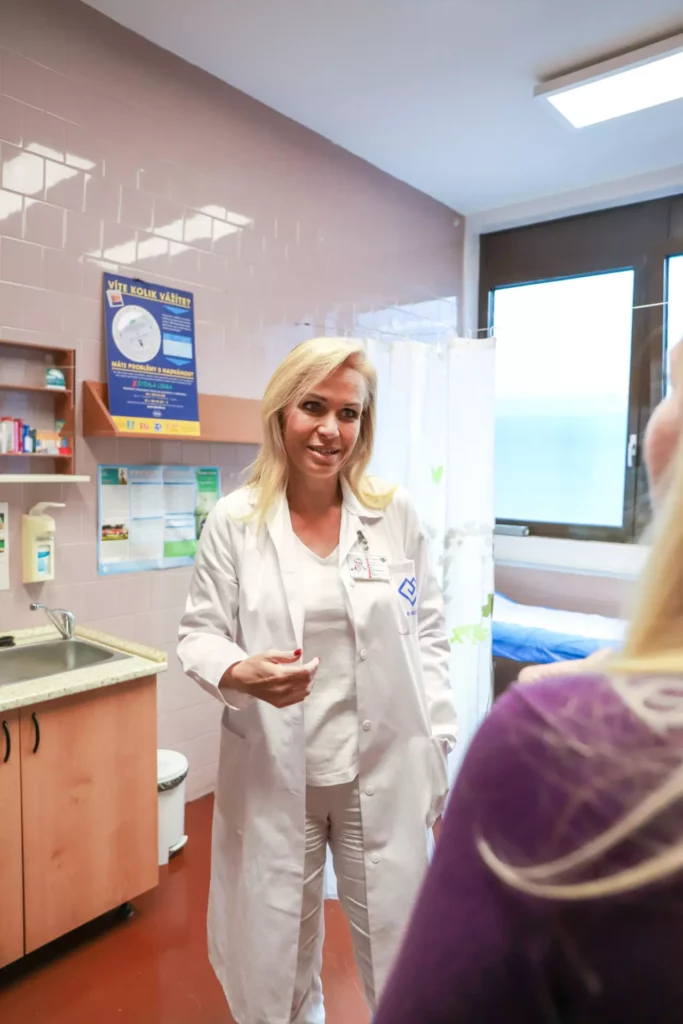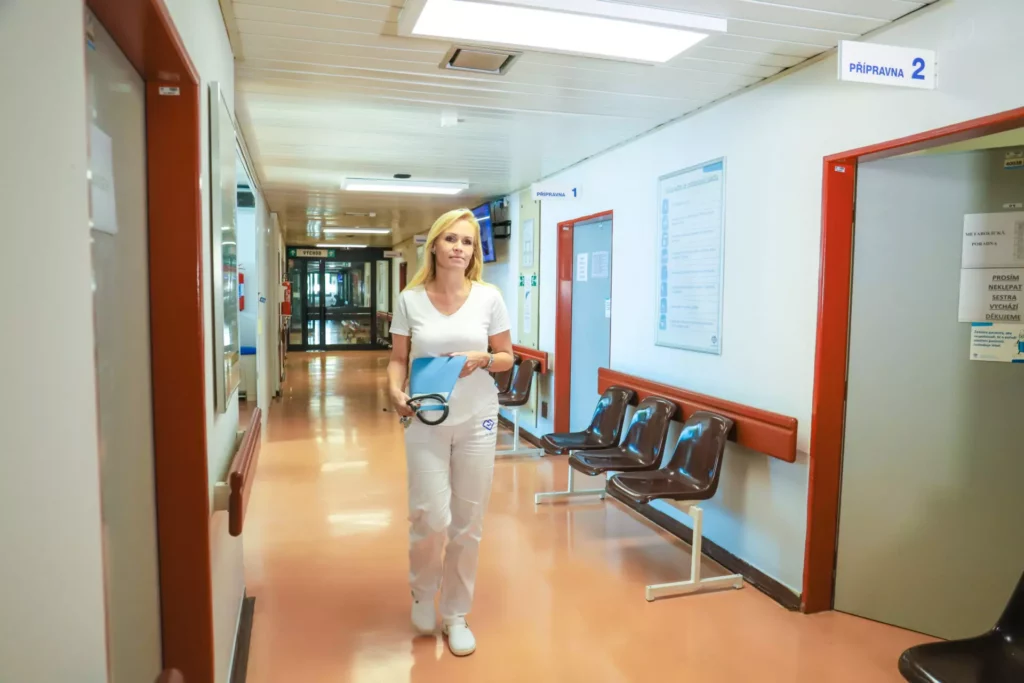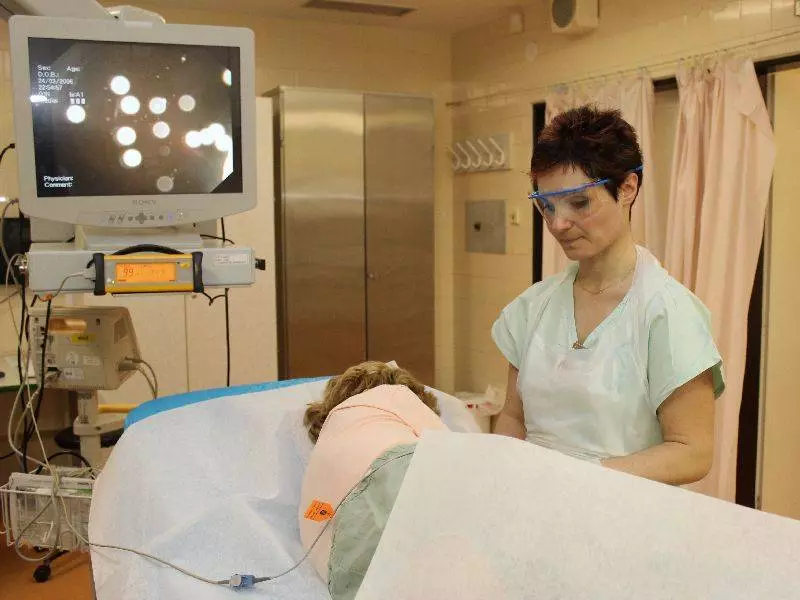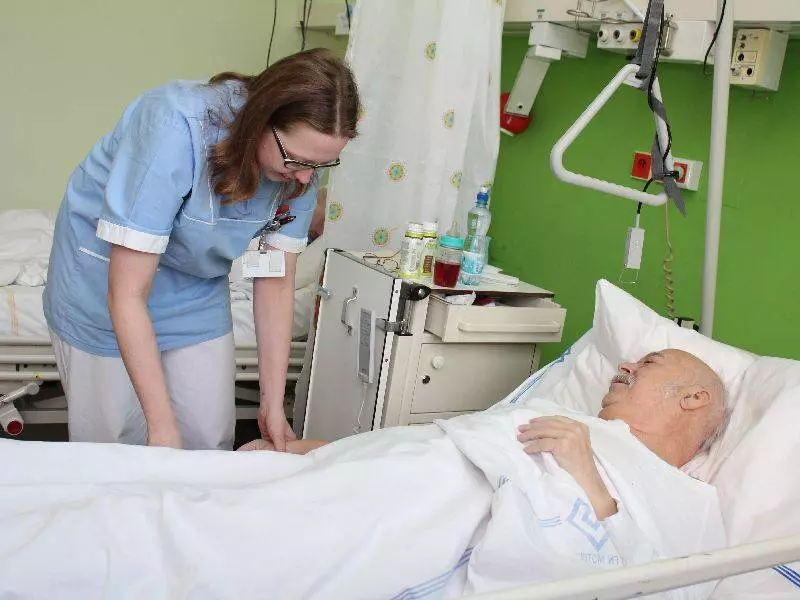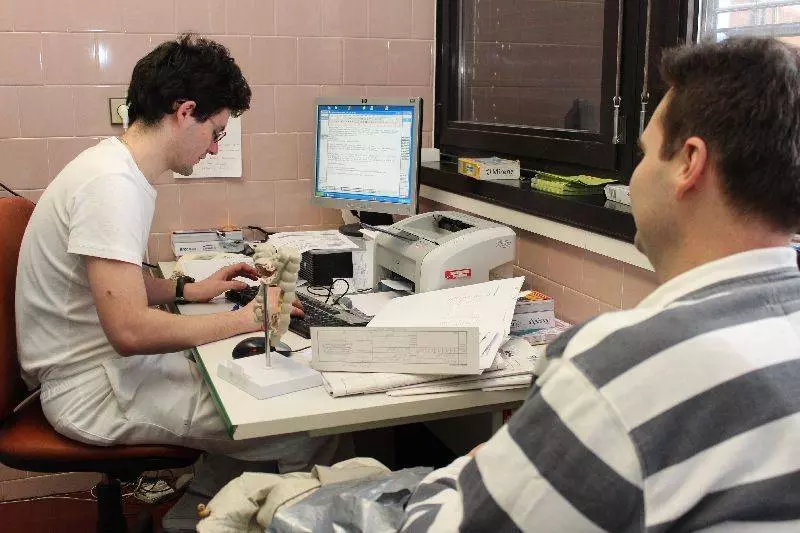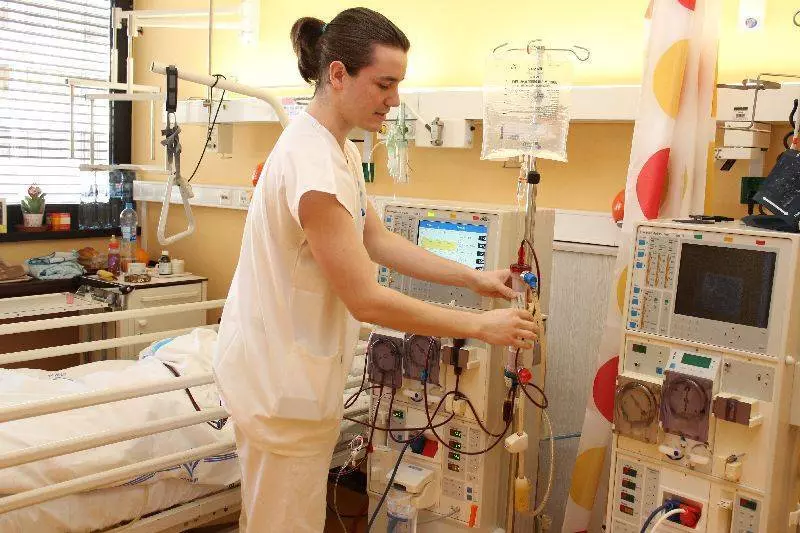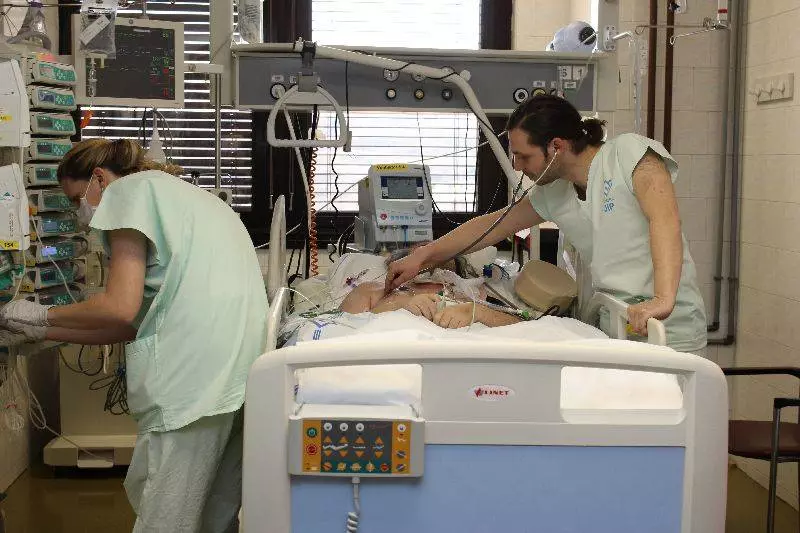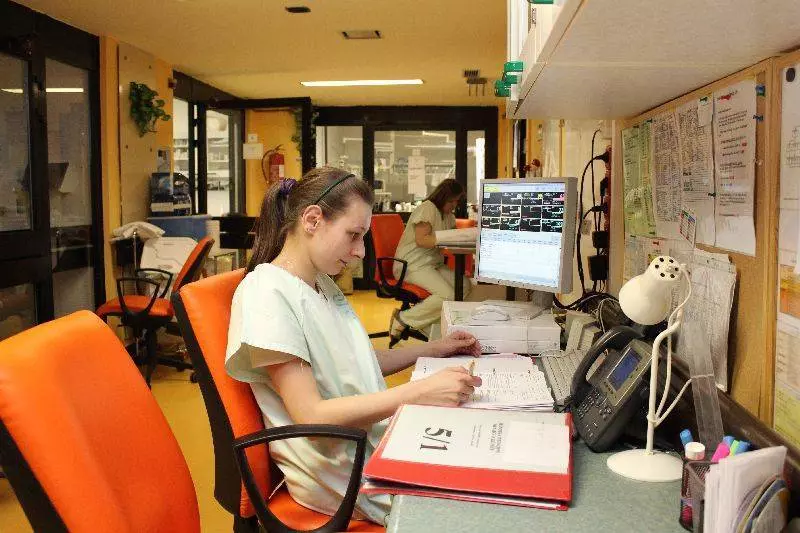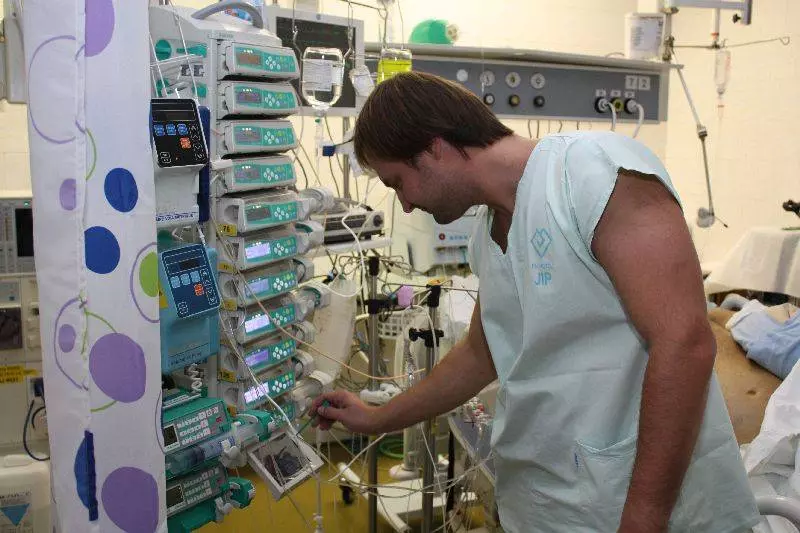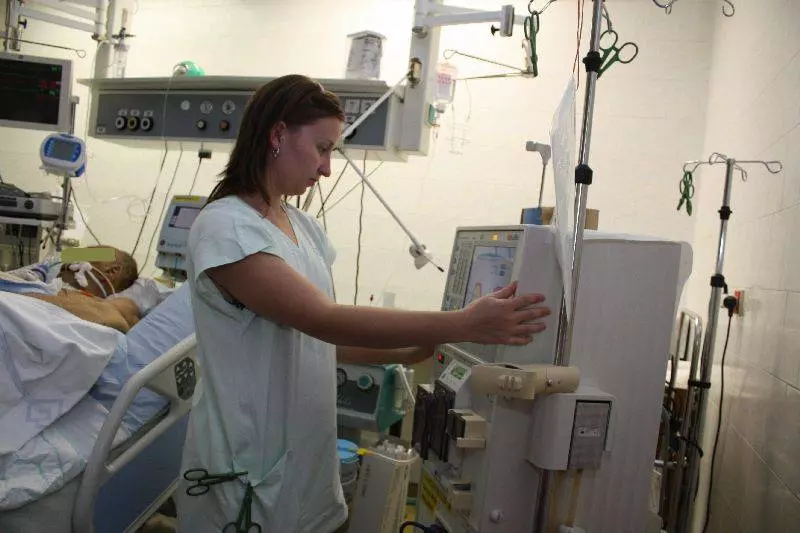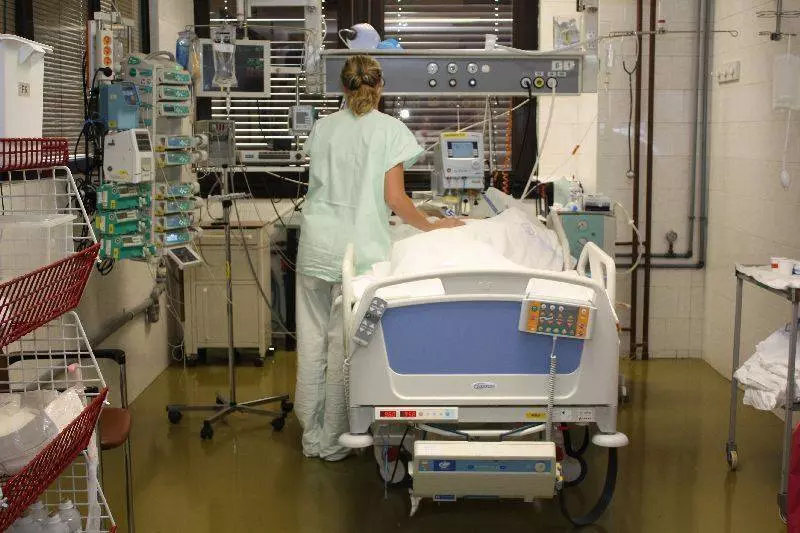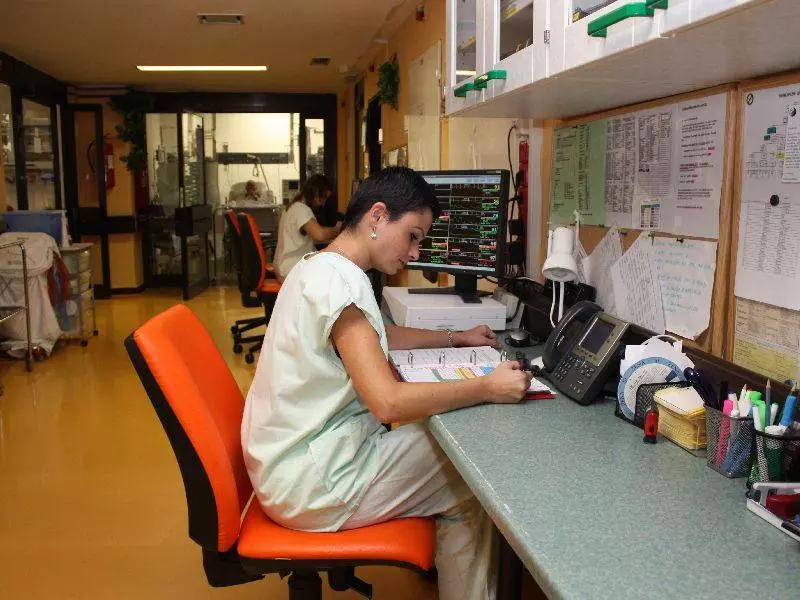Interní klinika 2. LF UK a FN Motol poskytuje komplexní diagnostickou a terapeutickou péči ambulantním a hospitalizovaným pacientům spádové oblasti a superkonziliární služby nemocným z celých Čech.
Její činnost se soustřeďuje na kardiologii a angiologii, gastroenterologii s hepatologií, metabolické poruchy a nefrologii. V rámci širší spolupráce je ve fakultní nemocnici dostupná také péče osobám s chorobami žláz s vnitřní sekrecí a plic.
Zaměření pracoviště
Komplexní péče o nemocné interními chorobami. Komplexní diagnostika, invazivní a neinvazivní léčba onemocnění trávicí trubice a jater. Komplexní péče o pacienty s diabetes mellitus, včetně gestačního, a specifických komplikací, obezitologie, endokrinologie. Diagnostika a léčba onemocnění ledvin. Intenzivní péče při poruchách vnitřního prostředí, použití eliminačních metod. Péče o pacienty s poruchami lipidového metabolismu a výživy, diagnostika a léčba onemocnění cév. Péče o nemocné s kardiologickou problematikou. Diagnostika a léčba revmatických chorob.
Pregraduální výuka českých a zahraničních studentů magisterského studia a posluchačů studia bakalářského v rozsahu odbornosti kliniky a nemocnice. Postgraduální specializované doškolování zaměřené na gastrointestinální endoskopickou diagnostiku a terapii, sonografii a diabetologii.
Přednosta
prof. MUDr. Radan KEIL, Ph.D.
224 434 000, 224 434 001
radan.keil@fnmotol.cz
Primář
MUDr. Jindra Lochmannová
224 434 014
jindra.lochmannova@fnmotol.cz
Vrchní sestra
Mgr. Silvie Štěpánková, DiS.
224 434 005
silvie.stepankova@fnmotol.cz
Sekretariát
224 434 001
interna@fnmotol.cz
Recepce
tel. č.: 224 434 082
tel. č.: 224 434 027
